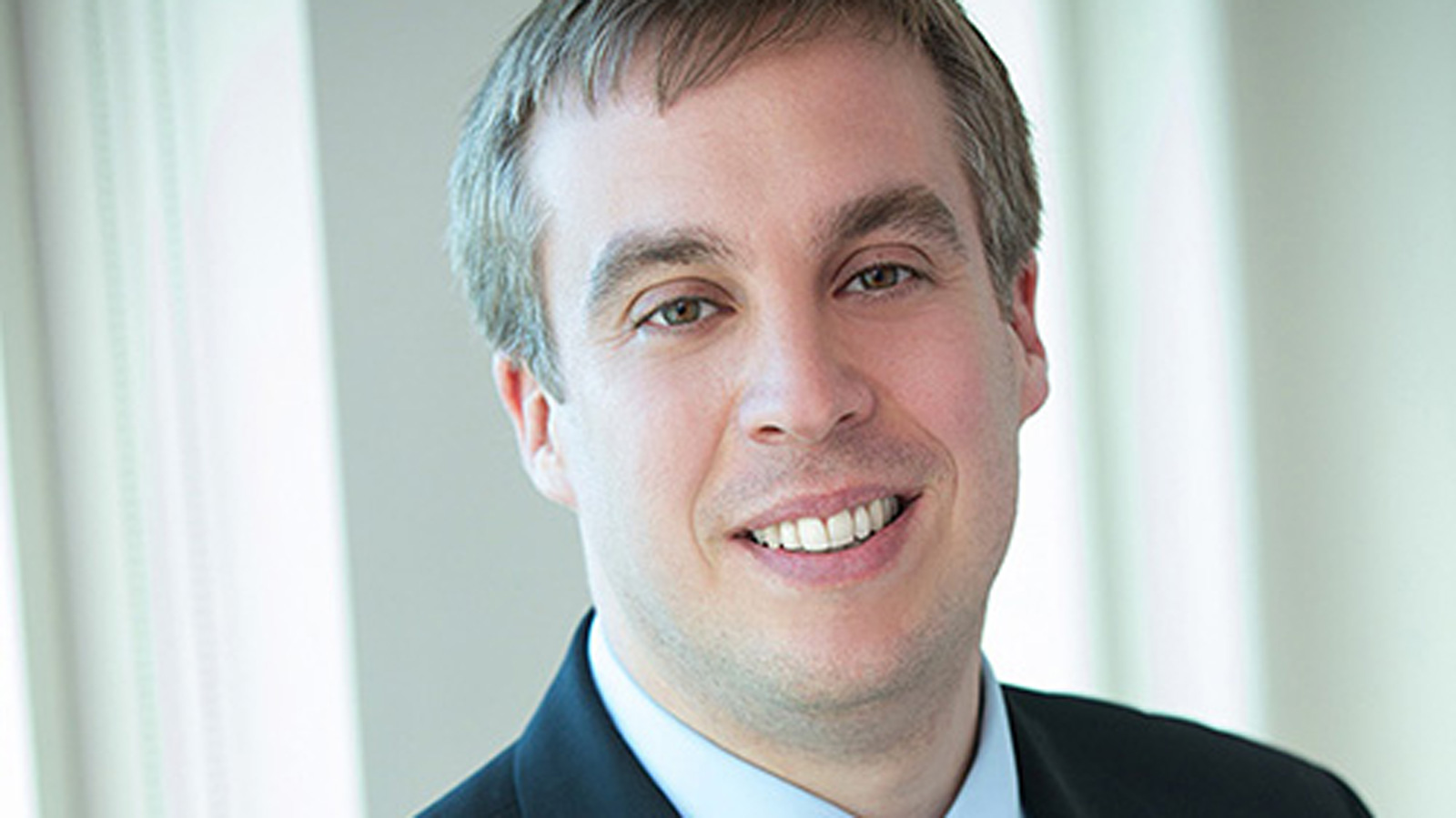
Patients and healthcare providers at the Princess Margaret Cancer Centre rated virtual care during COVID-19 as highly satisfactory overall for quality of care and convenience, while at the same time saving patients millions in costs.
Research led by Dr. Alejandro Berlin, radiation oncologist at the Princess Margaret, showed that virtual care can be implemented rapidly and safely across a highly-specialized and high-volume cancer centre. It found 80 per cent of patients reported they were either very satisfied or satisfied with it, citing convenience as a main factor, with 72 per cent of physicians reporting similar satisfaction with it.
Moreover, 64 per cent of healthcare providers and 85 per cent of patients indicated that the quality of care was comparable or better than the in-person model of care. Some 66 per cent of respondents in both groups – patients and physicians – were either very likely or likely to recommend virtual care for future appointments.
The overall cost savings for 22,085 patients studied during the research study period between March 23, 2020 and May 22, 2020 was $3.1 million – potentially $18 million for one year.
Study findings are published in JAMA Oncology, January 7.
"The surprising result of implementing virtual care almost overnight were the impressive benefits for our patients and clinicians," says Dr. Keith Stewart, Director, Princess Margaret Cancer Centre, Vice President, Cancer, UHN and one of the study authors
"With these findings, a new normal emerges which includes virtual care as a feasible and important part of care for many patients. They will help guide the transformation of telemedicine in the post COVID-19 era, firmly establishing virtual care as a standard option that we can offer appropriate patients."
Virtual care was developed and launched at the Princess Margaret 12 days after the COVID-19 pandemic was declared on March 11, 2020.
This was done to protect patients from preventable exposure and to minimize the impact of infection control measures and concerns about availability of personal protective equipment for patients and staff.
Four days after the digital solution supporting virtual care was launched on March 23, more than 50 percent of outpatient clinic visits had shifted to virtual care, consisting of either video or telephone calls.
By one month after the March 23 start date, outpatient clinic volumes (in person and virtual) were restored to pre-COVID-19 levels – about 3,900 clinic visits weekly.
In total, from March 23 to May 22, 22,085 virtual visits by phone or video took place, accounting for an average of 68 per cent of the daily clinic visits.
'Virtual care became a safety net for patients'
Importantly, both chemotherapy and radiotherapy on-site visits, along with metrics for safety and timeliness of cancer care remained stable throughout the study, comparable to the pre-COVID-19 period.
"The shift to virtual care, helped ensure that patients needing in-person visits, such as those receiving chemotherapy and radiation treatments could continue, while decreasing traffic and facilitating physical distancing on premises," explains Dr. Berlin.
"It enabled our high-volume centre to take care of all our patients during an unsettling and uncertain time – without compromising on either the safety or quality of care."
Institutional and province-defined quality standards of cancer care – such as safety incidents and referrals seen within 14 days – were tracked throughout the study, and beyond, and no changes were observed.
"Virtual care became a safety net for patients," says Dr. Berlin, who is also an Assistant Professor, Department of Radiation Oncology, University of Toronto. "It was reassuring for patients during the uncertainty of COVID-19. Their care team was still there for them, but in a different way.
"For the future, we aim to examine what criteria – in addition to clinical – make this a good or even preferred option for select patients."
Dr. Berlin describes several factors that contributed to the success of the project, including:
- A sense of urgency to complete a well-defined and clearly communicated goal (a shift of more than 50 per cent of visits to virtual care) that is high impact for patients and clinicians
- An agile design and implementation approach, relying on existing software, and continuous feedback which was folded back into new iterations
- Involvement of many stakeholders, including front-line staff, to map out "pain points" and work flows
- A tightly-knit, multi-disciplinary team – from engineering design to patient and family input – which pulled together seamlessly to respond to the unprecedented challenge
"We went broad and bold because of the needs of the moment," says Dr. Berlin.
"This was a huge effort on the part of everyone at the Princess Margaret," he emphasizes. "Behind every patient call or video was a clinician committed to continuity of care for our patients. Working behind the scenes of every appointment there was a whole team with varied expertise.
"It was heart-warming for our patients. What came through our surveys is that patients felt supported, cared for, and comforted as uncertainty continues to be the norm.
"Patients could focus on what was most important to them - their health."
This work was supported by funds from The Princess Margaret Cancer Foundation.
This story first appeared on UHN News.